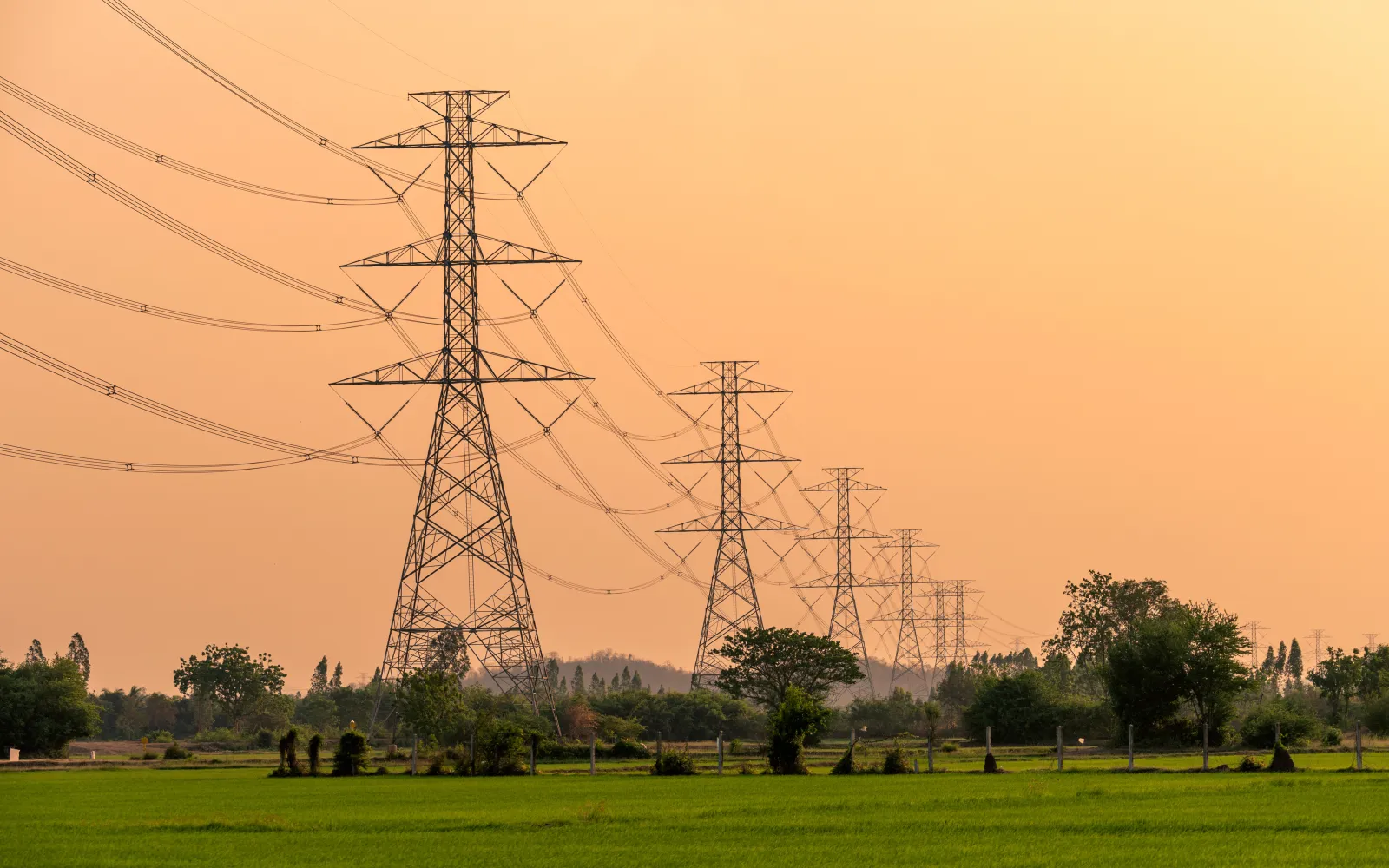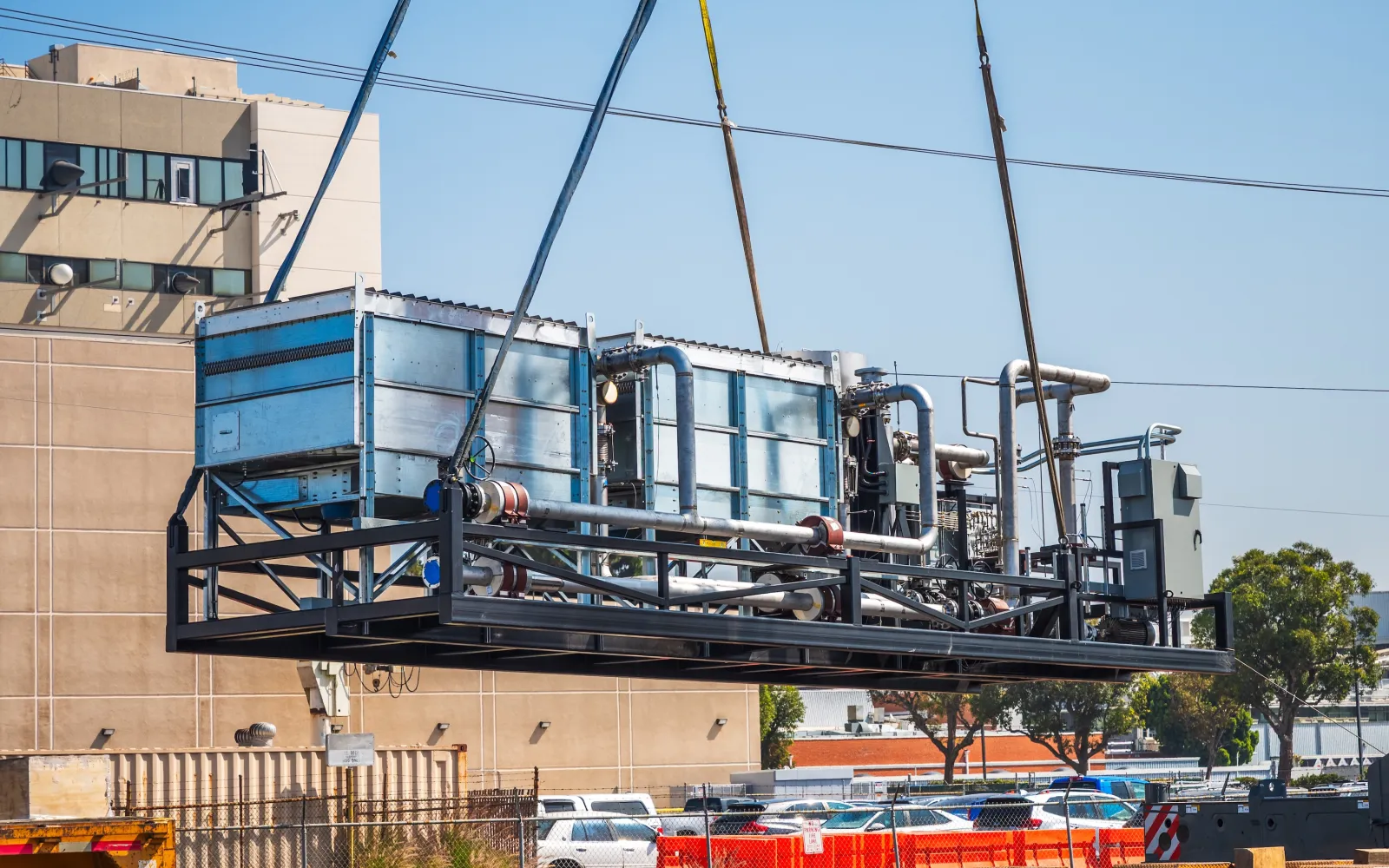

Oklo
Zero-carbon energy from advanced nuclear fission
The DCVC Deep Tech Opportunities Report (which debuted this year) summarizes our thinking about the deep tech investment areas we consider the most exciting, important, and consequential. It’s also a guide to the inspiring work innovators inside and outside the firm’s portfolio are doing to extend human capabilities, save the environment, and make everyone’s lives longer, healthier, and easier.
Three of this report’s opportunities bore on climate tech. This is one of them.
“The nuclear power industry had a lot of good ideas in the 1950s and 1960s, but then ran into implementation problems in the 1970s and 1980s,” says Zachary Bogue, DCVC managing partner. “And for the next twenty years nobody really worked on solutions. But now that we finally have powerful simulation capabilities, you can revisit all the roadblocks and think about them differently this time, because computation can inform better materials and better processes.”
Radiant Nuclear, for example, is a DCVC-backed startup where a team of former SpaceX employees is using extensive computer modeling and digital twinning to rethink old-fashioned fission. A traditional fission reactor is several stories high and requires an elaborate cooling system to prevent its uranium fuel from melting down. But Radiant’s microreactor is small enough to fit in a semitrailer. It’s fueled by ceramic-coated uranium particles that are cooled by helium gas and can’t melt down. In operation, the machine could generate as much electricity as a trailer-mounted diesel generator — that is, enough to power a military installation, medical clinic, or small town. Radiant plans to conduct a fueled test of its microreactor in 2026.
Oklo, another DCVC-backed startup designing a fission microreactor, is also using digital twinning and machine learning to improve the efficiency of fuel production for its proposed fast neutron reactor, a design studied for decades but never commercialized in the U.S. Like Radiant’s microreactor, Oklo’s demonstration reactor, called Aurora, would use a fuel called high-assay, low-enriched uranium (HALEU), which contains more of the fissile isotope U‑235 than traditional nuclear fuel, allowing Aurora to provide more power per volume than the 93 light-water reactors currently operating in the U.S. The company is working with Idaho National Laboratory and Argonne National Laboratory to create the HALEU it needs by recycling nuclear waste from older reactors. Passive safety features mean Oklo’s design is also meltdown-proof. And because they’re smaller than traditional reactors, requiring less capital investment, Oklo plans to own and operate its own plants and sell power to customers like universities, hospitals, and datacenters.
In fusion research, new computational techniques are having an even more dramatic impact, and Zap Energy, a DCVC portfolio company in Washington state, is a case in point. When an electric current runs through a metal tube such as a hollow lightning rod, it creates a magnetic field around and inside the tube — and if the current is strong enough, the resulting magnetic field can crush the tube. That’s called the Z‑pinch effect. Zap Energy is building a prototype fusion reactor that works the same way, but in place of the metal tube, it energizes deuterium-tritium gas to form a two-foot filament of plasma with its own magnetic field. The company exploits a phenomenon called sheared flow stabilization to suppress instabilities in the filament and keep it from dissipating; it’s akin to creating a multilane freeway with traffic moving at different speeds in different lanes. And it’s using simulations to model all the equipment and techniques needed to achieve flow stabilization. The company generated its first plasmas in 2022, and their ultimate goal is to build fusion cores that don’t need superconducting magnets to confine the plasma.
Here at DCVC, we think it’s natural to expect that new ideas in nuclear fusion and fission will come from disciplines like computer science and aerospace. The founders of Radiant, in fact, are the same people who figured out how to make SpaceX’s Falcon 9 rocket land upright. “Building the control system for that was a digital-twin exercise,” says DCVC partner Rachel Slaybaugh. “Now they’re applying that engineering expertise to fission — and they say it looks like an easier problem.”



